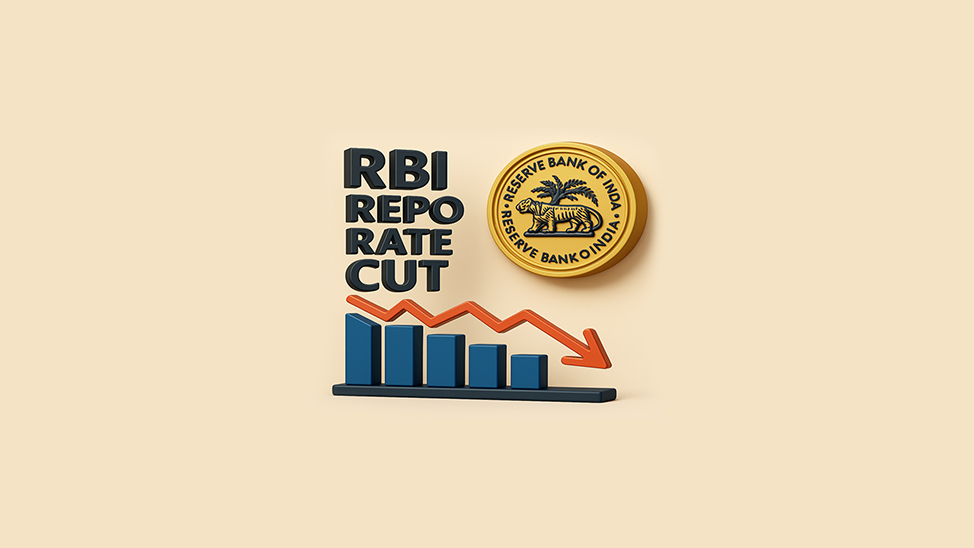What is NASDAQ? How does it work?

- Published Date: January 04, 2021
- Updated Date: January 10, 2025
- By Team Choice
NYSE or the New York Stock Exchange is the largest stock exchange in the world and NASDAQ is the second largest behind it. NASDAQ is an acronym for National Association of Securities Dealers Automated Quotations.
NASDAQ has about 3,700 companies listed on it with a total market cap of $19 Trillion.
Salient Points of NASDAQ’s History
- Created by the National Association of Security Dealers (NASD)
- World’s First Electronic Exchange, no physical floor trading. Goes live on 8th Feb, 1971
- Created the first modern IPO
- www.nasdaq.com the world’s first financial exchange website
- First choice of leading tech companies
Working of NASDAQ
As NASDAQ never had physical trading floors, all the trading is facilitated through technology and by an intricate network of investment firms called as market makers. These ‘Market Markers’ are actually in possession of stock of companies. Once you place the order for a stock, these ‘Market Makers’ execute the trade.
Over 2 Billion shares change hands on a daily basis on NASDAQ with a market value of around $12 trillion.
Most of the companies listed on NASDAQ are tech-oriented. For an investor looking to add tech companies in their portfolio, NASDAQ is the place.
Trading hours of NASDAQ
Trade: 9:30 a.m. to 4 p.m (Local time).
Pre-market: 4 a.m. to 9.30 a.m. (local time)
After hours: 4 p.m. to 8 p.m (local time)
General Listing Requirements on NASDAQ
Stock exchanges across the world have their own rules for trading and listing. Some of NASDAQ’s listing requirements are,
- Register with the SEC – Securities Exchange Commission
- Always comply with requirements for finances, liquidity and corporate management
- Need atleast 3 market makers who’ll facilitate trading in the company’s security
NASDAQ’s 3 Tiers
The exchange segregates companies into 3 categories, Global Select Market, Global Market and Capital Market. The listing criterion is different for each group as well as the advantages.
Tier 1 – Nasdaq Global Select Market
- Strictest financial and liquidity requirements
- Have atleast 1,250,000 publicly traded shares and should not be traded below $4
- Companies must adhere to earnings, capitalization or asset requirements
- Being part of this Tier means company has worldwide recognition
Tier 2 – Nasdaq Global Market
- Requirements for this Tier less stringent than ‘Global Select Market’
- Company’s products / services must have international reach
- Companies must meet requirements of income, equity, market value or total assets/revenue
- Need at least 1,100,000 publicly traded shares and must trade at $4 atleast
Tier 3 – Nasdaq Capital Market
- Companies here have less liquidity and revenue
- New companies with a focus on raising capital
- Have to meet equity, market value or net income standards,
- Need at least 1,000,000 publicly traded shares and trade at $4
Nasdaq Indices
We often see financial analysts refer to Nasdaq while speaking of a company or sector, they are referring to a market index and not the stock exchange.
Nasdaq Composite Index
This is what the index analysts’ mean when they simply say, Nasdaq like India’s NIFTY. It predominantly has tech companies like Apple (AAPL), Microsoft (MSFT), Amazon (AMZN) and Tesla (TSLA) but also has companies from other sectors.
Nasdaq is used to generally speak of the overall performance of the stock market.
Nasdaq 100
This index tracks 100 of the largest and most actively traded securities on Nasdaq.
NASDAQ vs NIFTY
We bring you some comparisons of Nasdaq’s past performance vis-à-vis our domestic favorite, the Nifty. For this we use the NIFTY 100 index vs the Nifty 50
Nifty 50 VS Nasdaq 100 = 2 Years (2019 – 2021)

Now we compare the performance in the last 5 years.
Nasdaq 100 Vs Nifty 50 – 5 year return of NIFTY 50

Moving on to the performance in the last 10 years,
Nasdaq 100 vs Nifty 50== 10 years

Investing in Nasdaq Stocks
It’s no different than investing via say, domestic exchanges. Search for the companies listed on their website or use the NASDAQ stock screener to widen or narrow your scope of search. The stocks can be bought via your ‘Online Brokerage Account’.
Another great investment option to invest in Nasdaq stocks is to do it via ETFs index funds. These will replicate the overall performance of the index. Nasdaq has great companies but most of them are tech companies, so if you’re simply looking to add ‘Tech’ to your portfolio then Nasdaq is a great choice.
Recommended for you

RBI Repo Rate Cuts by 50 BPS to 5.50%

List Of Mutual Funds with No Exit Load

Aplab Ltd Right Issue 2025
